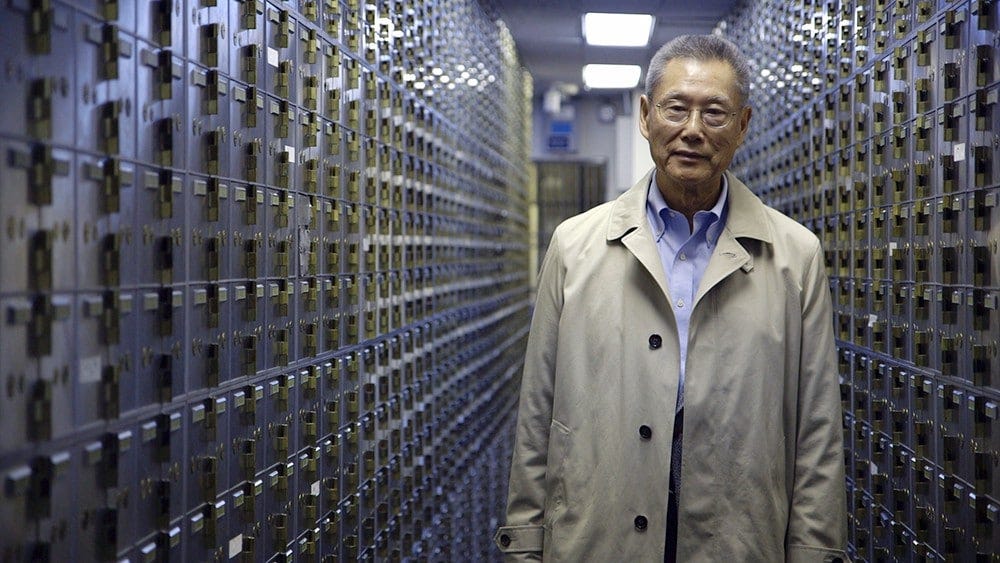100 Must-See Documentaries Streaming on Amazon Prime This January
100 Must-See Documentaries Streaming on Amazon Prime This Month
If you’re a Prime member, you’ve got plenty to watch for free.

This month, the Amazon 100 list adds nine new titles, including the Steve James-helmed, Oscar-shortlisted Abacus: Small Enough to Jail and another great film from last year, Motherland. They join the 1982 Oscar winner Genocide, th…
Keep reading with a 7-day free trial
Subscribe to Nonfics to keep reading this post and get 7 days of free access to the full post archives.

